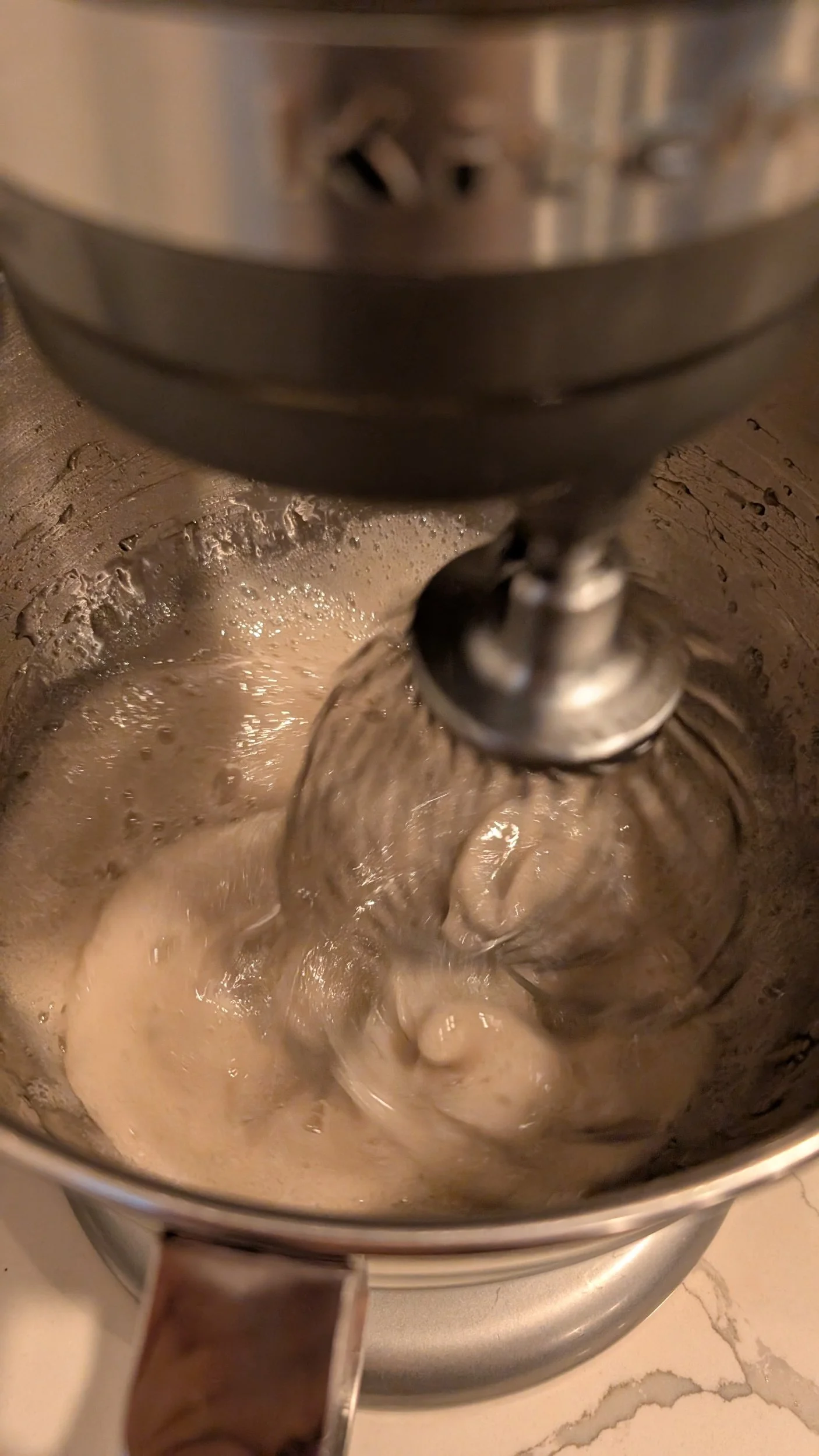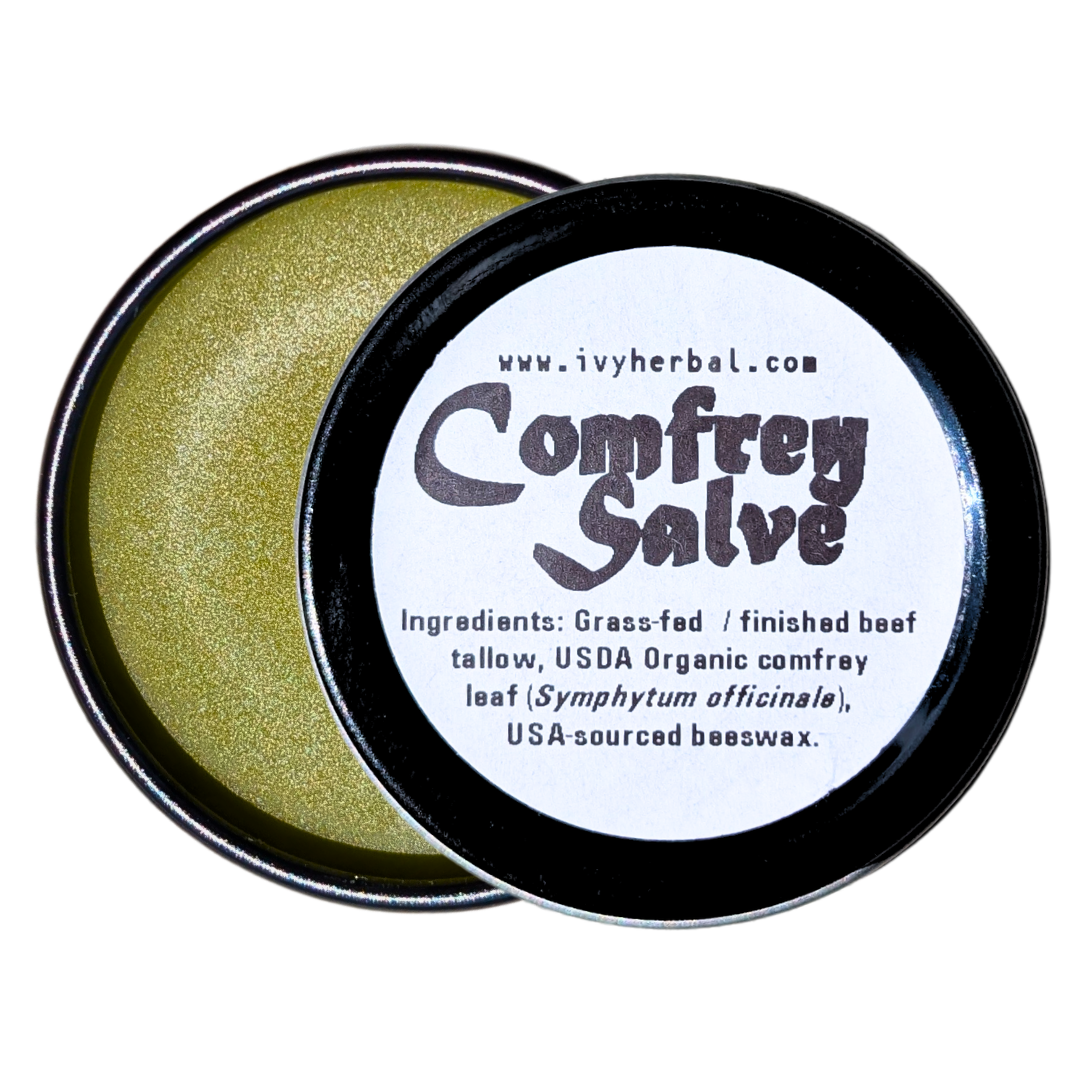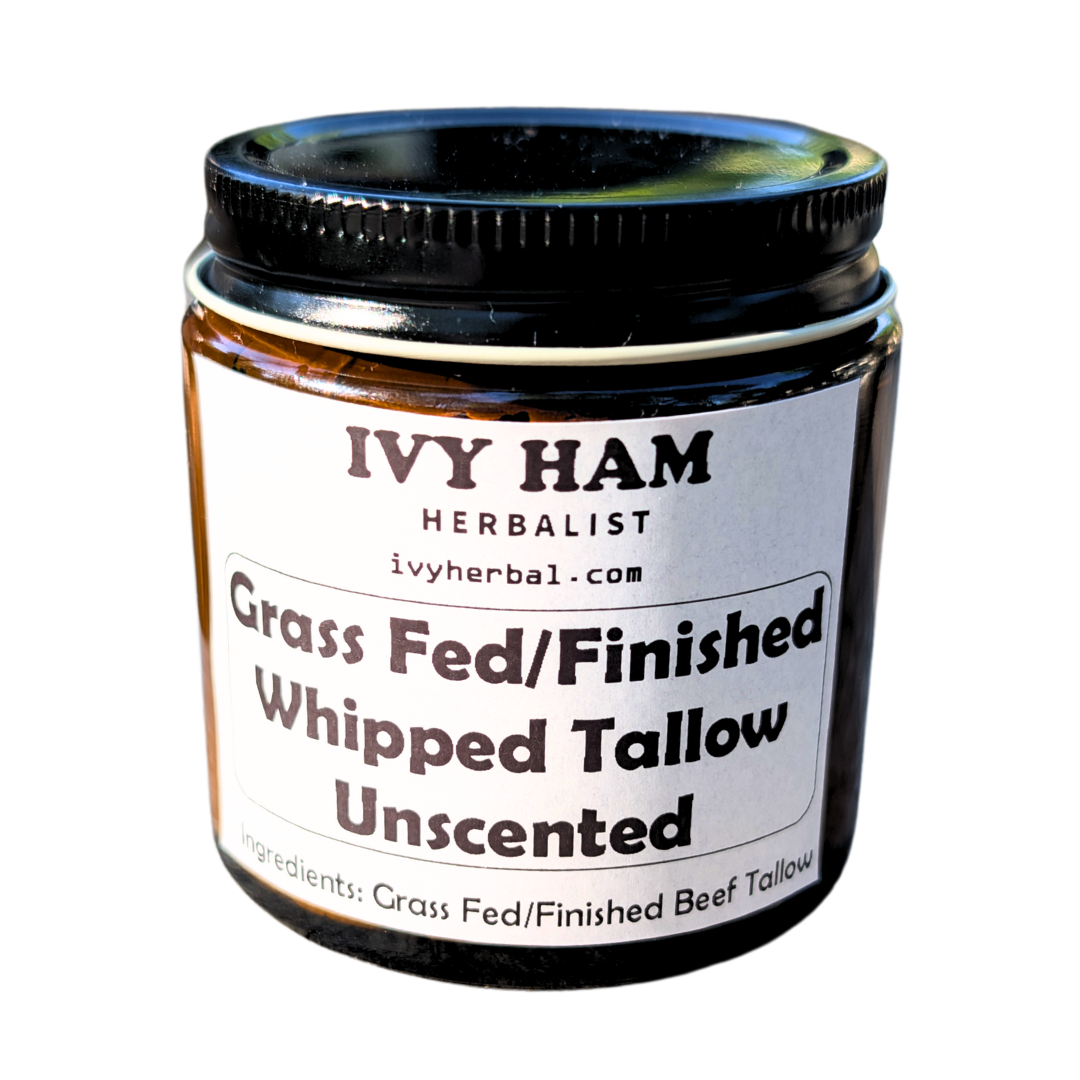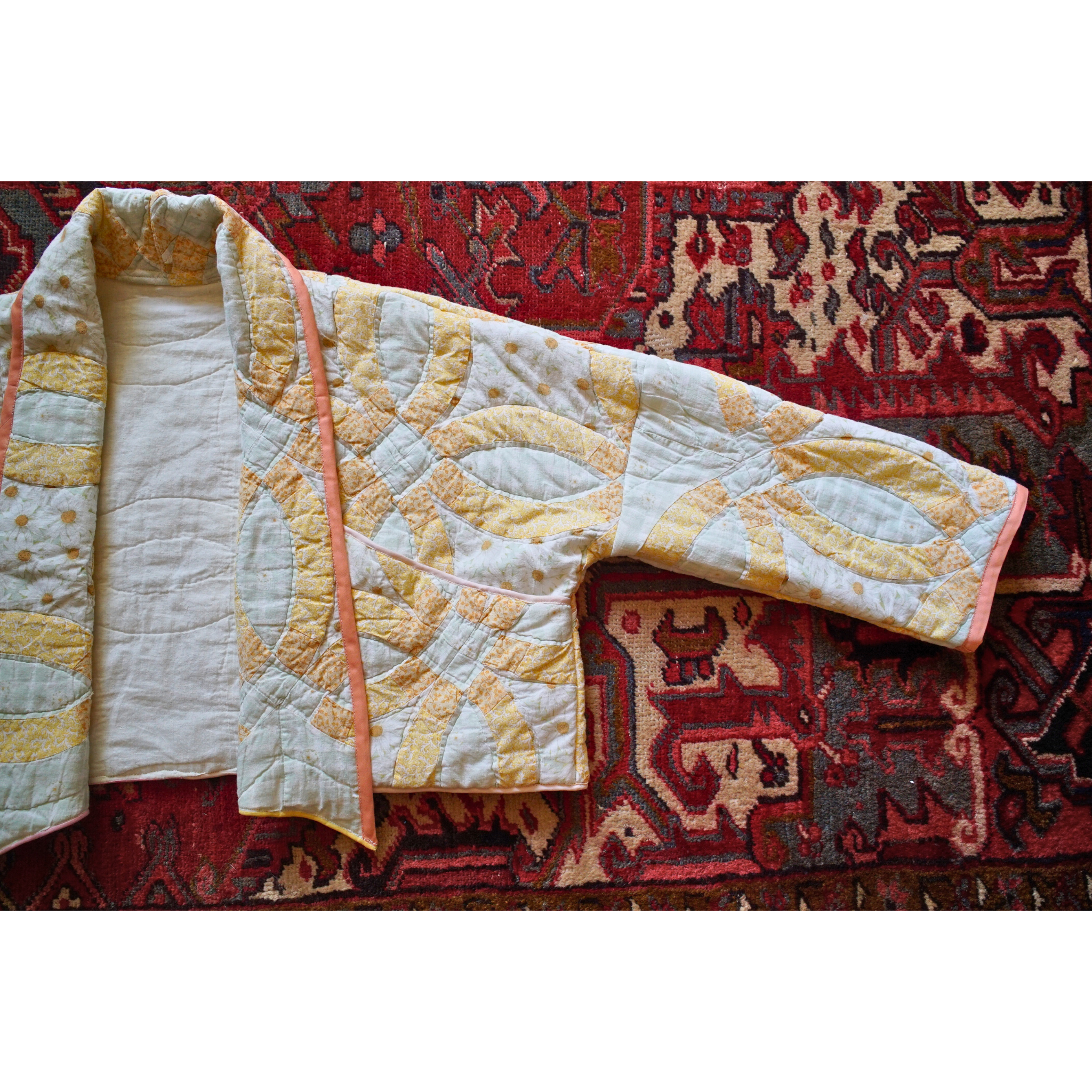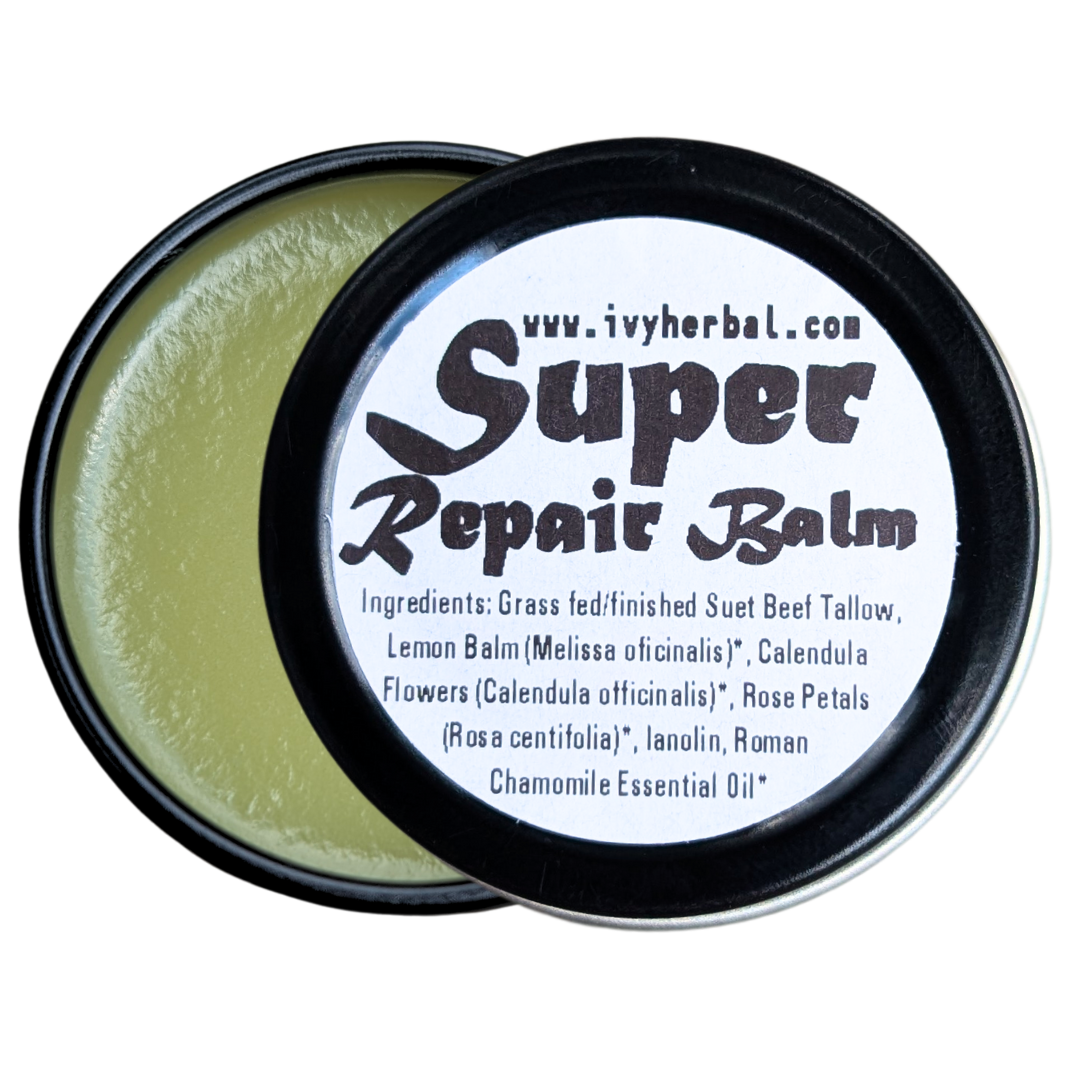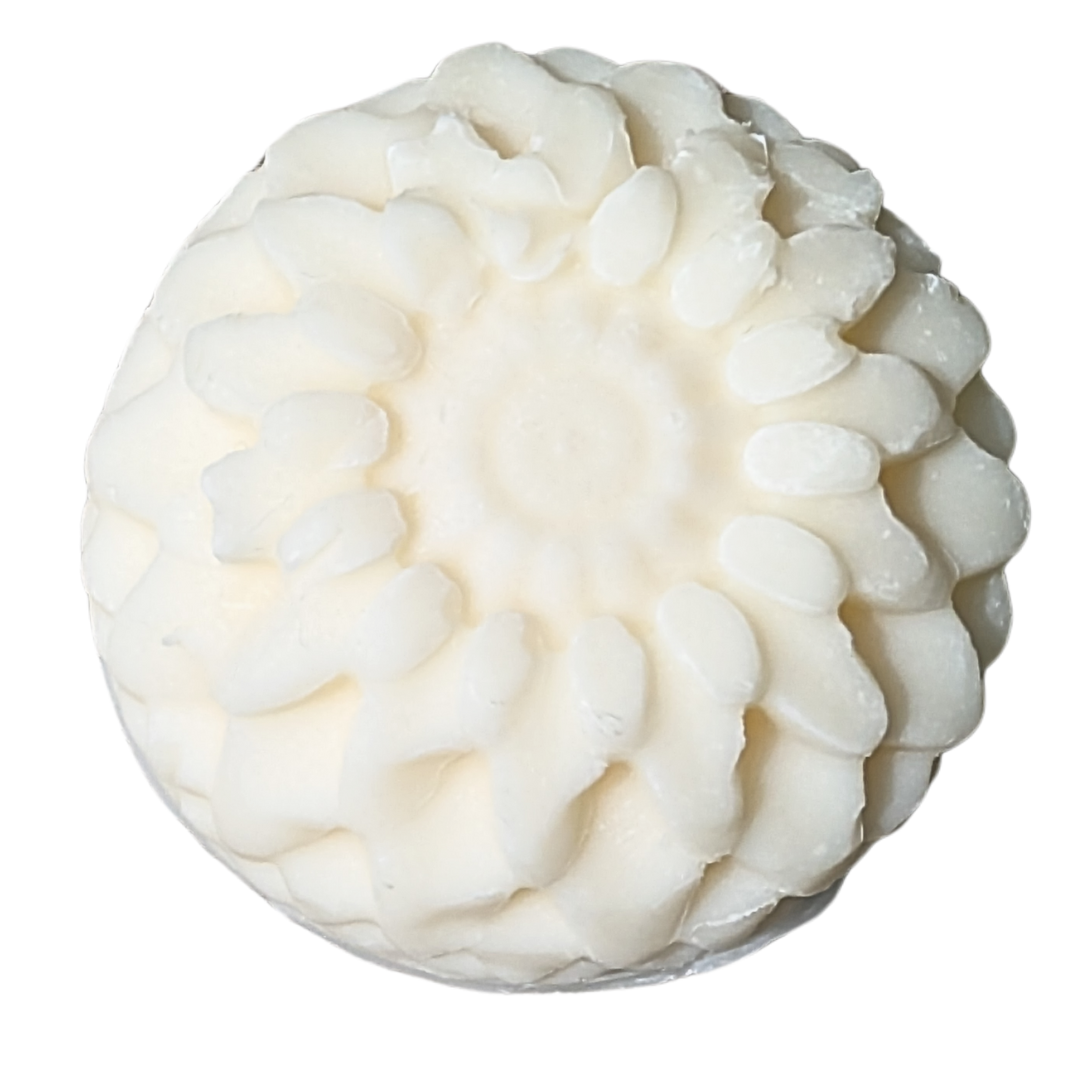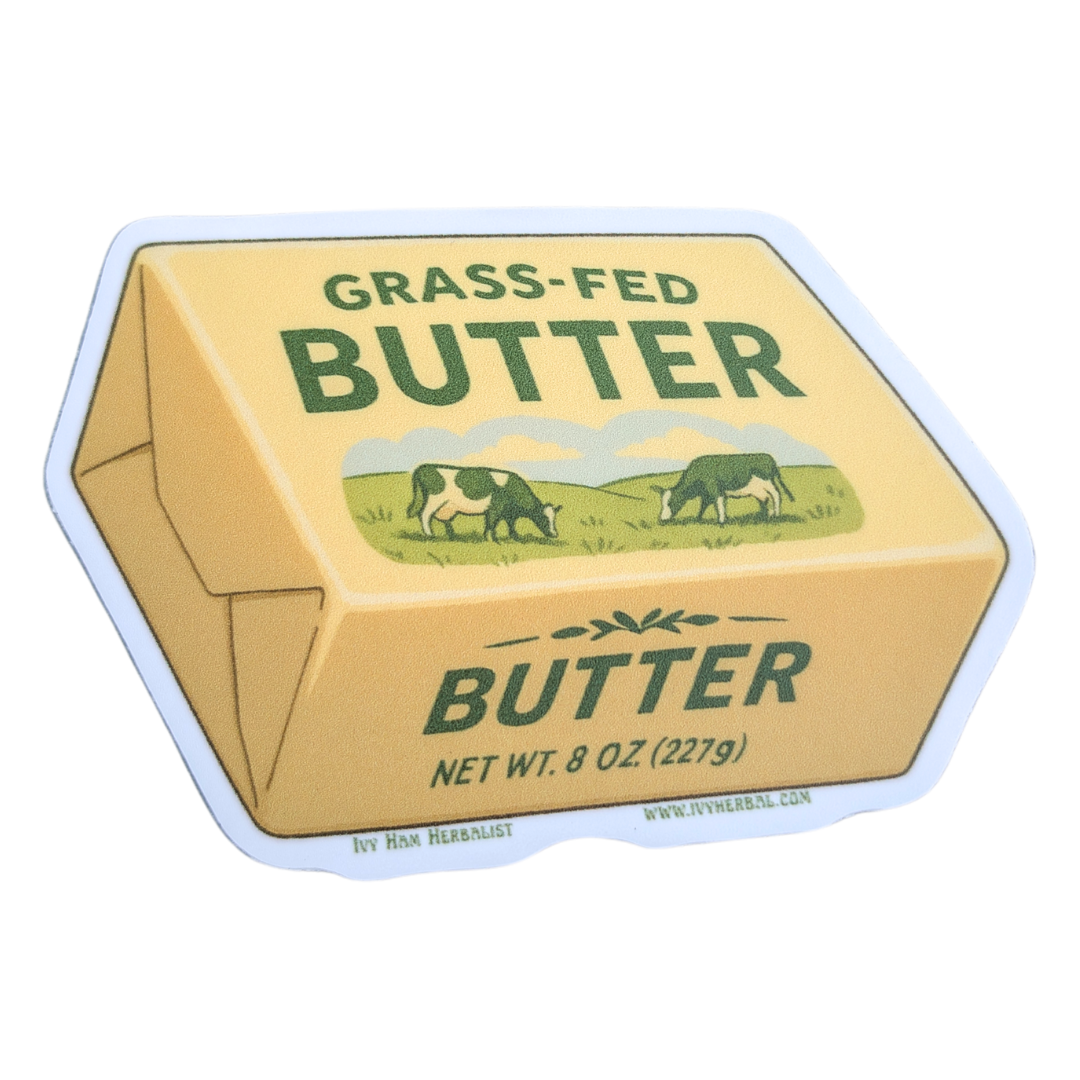Homemade Gelatin Marshmallows Recipe
I love making these marshmallows, they taste even better than your normal store-bought ones and really don’t take too long to make — plus you can make them with nourishing ingredients like grass-fed/finished beef gelatin and an organic sweetener.
This batch makes a good amount of marshmallows, I would guess it’s approximately similar to a normal sized bag from the store.
Homemade Marshmallows Recipe
with maple syrup or cane sugar
Ingredients:
3 tablespoons unflavored gelatin (or 3 packets)
½ cup cold filtered water (to bloom gelatin)
Sweetener (choose one):
– 1½ cups cane sugar + 1/2 cup water
– OR 1 cup pure maple syrup¼ teaspoon sea salt (I used Redmonds brand)
1 tablespoon vanilla extract (optional)
Optional: ¼ cup powdered sugar + 2 tablespoons arrowroot starch or cornstarch for dusting (these two taste identical, but arrowroot is my preference because corn is often contaminated with mold)
Instructions:
Bloom the gelatin:
In a large mixing bowl or the bowl of a stand mixer, sprinkle the gelatin over ½ cup cold water. Let it sit and bloom for 10 minutes. You could also substitute the water for other cold flavored liquids like coffee or tea if you’re feeling adventurous.Make the sugar syrup:
In a medium saucepan, combine the cane sugar (or maple syrup), ½ cup water, and salt. Stir to dissolve, then heat over medium-high heat.Without stirring, bring the mixture to a boil.
Let it cook until it reaches 240°F (soft ball stage) on a candy thermometer. This usually takes 8–10 minutes.
Prepare your marshmallow pan: While your sugar syrup is heating up, line an 8x8 or 9x13 pan with parchment and lightly oil it.
Whip the gelatin:
With the mixer on low speed, carefully pour the hot syrup into the gelatin mixture.
Once all the syrup is in, increase the speed to high and beat for 10–15 minutes, until the mixture is white, glossy, and tripled in volume.
Add vanilla during the last minute of mixing.
Set the marshmallows:
Quickly pour in the marshmallow fluff to your previously prepared pan and spread evenly with a spatula.
Let it sit uncovered at room temperature for 6–12 hours until fully set.
Cut and coat:
Mix the powdered sugar and starch in a small bowl.
Dust a cutting board with the mixture, turn out the slab, and cut into squares with a greased knife or pizza cutter.
Toss each piece in the dusting mix to prevent sticking.
I hope you’ve enjoyed these! Over the years I’ve learned that adding more responsibly raised animal products—grass‑fed, grass‑finished, antibiotic‑free, pasture raised and ideally regenerative—offers the richest and most bioavailable source of amino acids, which are the raw materials our bodies need to build new cells.
For a long stretch I was vegetarian and mostly avoided red meat. Eventually the nutrients I was missing out on caught up with me: my skin looked bad, I developed gut issues from all the plant-based replacements and phytotoxins, and exercise injuries became more frequent. The turning point wasn’t my health though, it was discovering how many animals are killed in large‑scale vegetable farming. Between chemical pesticides and mechanical harvesting, hundreds of small creatures die per acre; when you run the numbers, a single cow that feeds several families for an entire year costs fewer lives than a field of lettuce.
That realization reshaped my view of “ethical eating.” Today I approach every animal product with deep respect and gratitude, and try to use as much of the animal as possible so nothing—and no life—goes to waste. It’s a common myth that vegetarian or vegan diets automatically spare animals and the planet, yet the hidden toll of rodent, insect, and habitat loss in monocrop agriculture, chemical contamination from agricultural pesticides, plus the emissions from global shipping, often tips the scales the other way.
Regenerative Cattle Farming >>>
Eating locally and seasonally, choosing organic produce, and including nutrient‑dense animal foods from regenerative farms is the way. Regeneratively farmed cattle can even sequester carbon rather than emit it. I was also concerned about the environment, and had heard that cows emit a lot of methane, which is bad for the ozone layer, but it turns out this is only true of “feed-lot” cattle that are fed a diet of primarily corn and soy. Cows that are fed their natural diet of grass do not do this, and actually sequester carbon into the soil, promoting better soil health and biodiversity—read more about that here.
Featured Products
Looking for Medicinal Herbs?
Use my link to shop from Mountain Rose Herbs.
They have a wide selection of organic and wildcrafted herbs and high-quality DIY supplies for every need, and shopping with my link help support the costs for maintaining this site.



